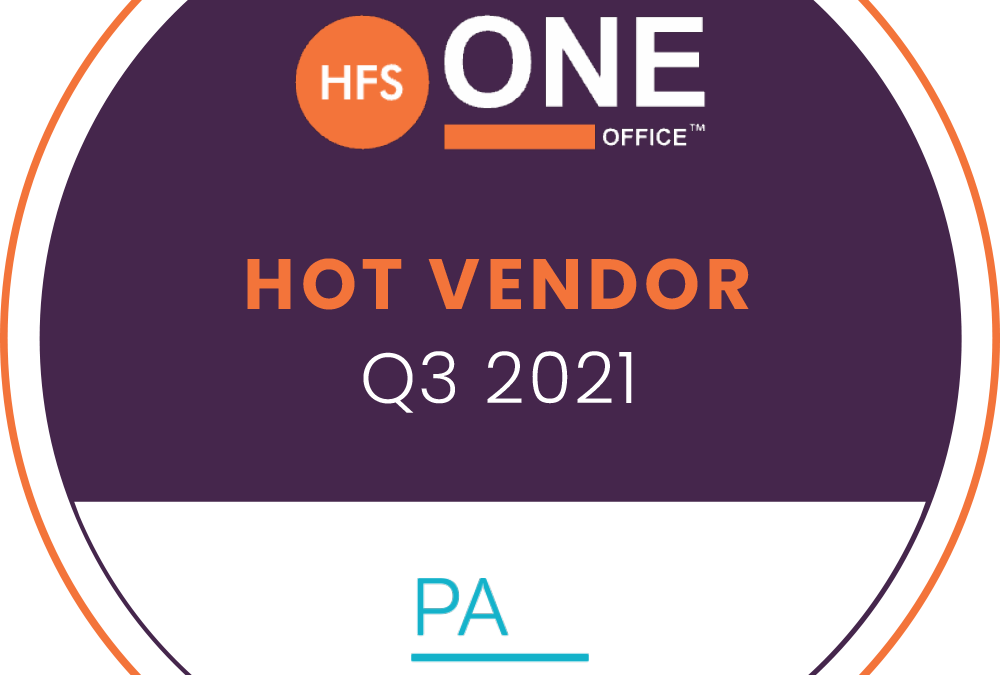
We’re A ‘HFS Hot Vendor’! But What Does That Actually Mean?
Hold on tight… this article is going to be quite the humblebrag (!). We don’t normally like to talk about ourselves – and we’re really not good with boasting – but working on our weaknesses is important so we’re going to blow our own trumpet for the next 400 words or so.
With that said, it’s for a good reason as today we’re covering what it means to be a Hot Vendor, a title given to us by the excellent researchers over at HFS.
The Experts
HFS is an independent research and analysis firm that produces reports on industry trends, technology adoption and conducts large surveys of professionals as part of their information gathering. They produce over 300 detailed reports per year and have particular expertise within automation and AI – which is handy for us.
HFS shortlisted a group of Hot Vendors which are companies that offer particular value for firms focusing on digital business models. They assess competency by working to criteria scoring in areas such as client impact and financial position.
Pride Isn’t a Sin
What’s really important for us – and what we’re extra proud of – is that because HFS are independent, their verdict on our quality can be seen by new and existing customers as a genuine review.
They came to the conclusions about the quality of our work on their own: which means we’re doing things right. You can find out more about their process here, but in short they spoke with us. and our customers/ to understand our offerings.
Working On Ourselves
We’re an ambitious company. We’ve more than doubled in size over the past year. Part of what makes us who we are, and good for our customers, is our commitment to improvement. That means working with new technologies. It also means working with new models and process design methodologies. And yes, that even means writing articles like this where we talk about how great we are. But this time you literally don’t have to take our word for it.
The Right Choice
Whether it’s potential customers who are doing their due diligence, new customers who we’ve just started working with, or our longstanding partner – they all like to know they’ve made the right choice.
For the old guard, we’re confident they’ve stuck around for more than just our winning conversation (!). But to be recognised by a trusted brand such as HFS just confirms to us that what we do for our customers works and it can work for you too.
To steal a quote from HFS’ report that encapsulates what we are about and how we know they did the research the right way
“HFS has designated PAteam an HFS OneOffice™ Hot Vendor for its refreshingly hype-free approach to creating value with RPA and a NICE leaning offering that brings some genuine differentiation to a market alive with the sound of marketing buzz”.
Want to find out more about our Hot Vendor status and what that means for you? Drop PAteam an email or give us a call today.





